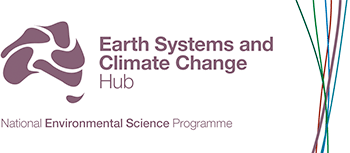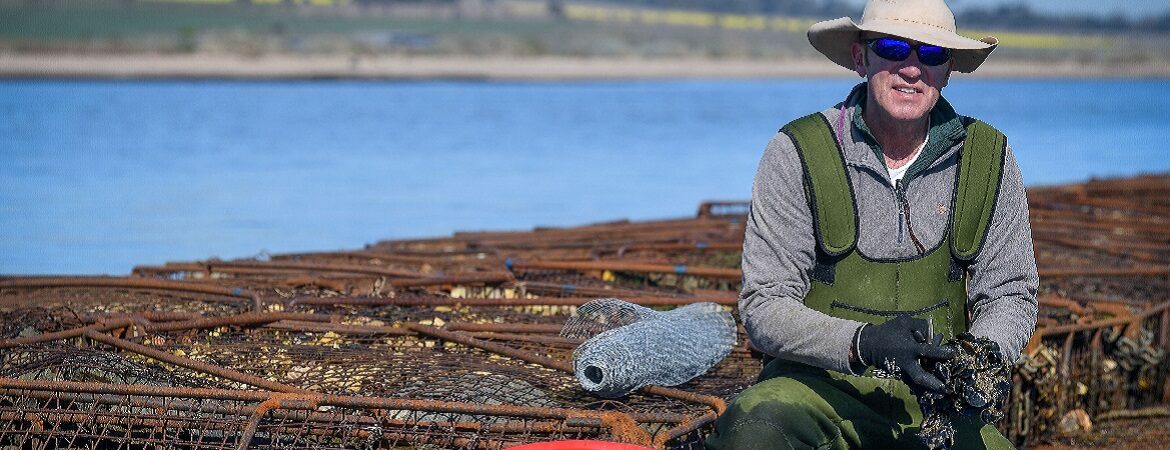17 May 2021
Just like trees on land that sequester carbon and stabilise soils, coastal marine habitats are shaping up as a unique solution for coastal protection and carbon storage in Australia.
Natural, created or restored habitats such as oyster reefs, mangroves and saltmarshes have the potential to provide coastal protection, as well as enhance biodiversity, food provision and water quality. These ‘living shorelines’ also have the potential to play an important role in climate mitigation and adaptation due to their ability to sequester carbon and reduce the threats of coastal erosion and flooding.
The National Centre for Coasts and Climate (NCCC), supported through the Earth Systems and Climate Change Hub in the Australian Government’s National Environmental Science Program, worked with key stakeholders to identify climate change impacts and challenges in the coastal zone, and undertook interdisciplinary research to provide practical solutions to these challenges. Their research focused on blue carbon (carbon storage of coastal vegetation) and historical and future impacts of coastal erosion, as well as on the development and trialling of nature-based methods to enhance the capacity of communities and ecosystems to adapt to climate change.
Read about the recent research outcomes under the NCCC in the new overview brochure.
With climate change and continued population growth accelerating the need for diverse solutions to coastal protection in Australia, the NCCC has recently filled a critical knowledge gap in the Australian coastal management community by developing the first comprehensive guideline for nature-based methods specific to Australian systems. The guide, directed at coastal managers, practitioners and engineers, translates global and Australian research into a practical tool that can be used to support Australian coastal management and decision-making.
Access the guidelines
The guidelines are a living document that will be updated with new information through time. Coastal practitioners and other related professionals are encouraged to provide ongoing feedback and examples for future inclusion to NCCC researcher, Dr Rebecca Morris at rebecca.morris@unimelb.edu.au.
For further information
Prof Stephen Swearer
stephen.swearer@unimelb.edu.au
The development of the guidelines, and research conducted under the NCCC, was supported under the ESCC Hub Project 5.9: Natural habitats for coastal protection and carbon sequestration – Phase 2 of the National Centre for Coasts and Climate.

